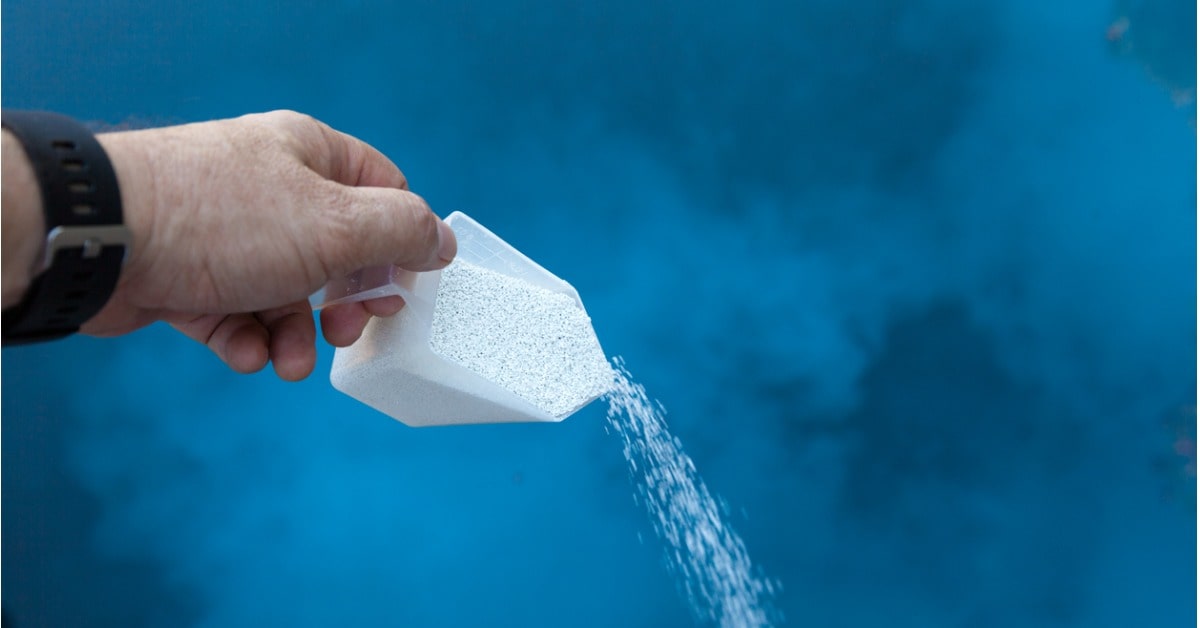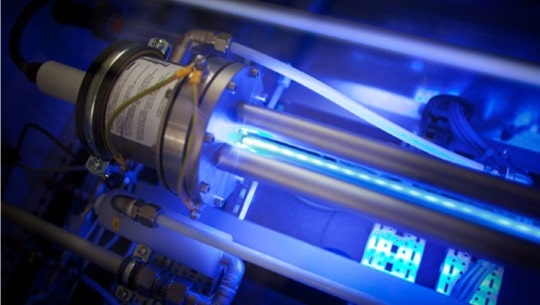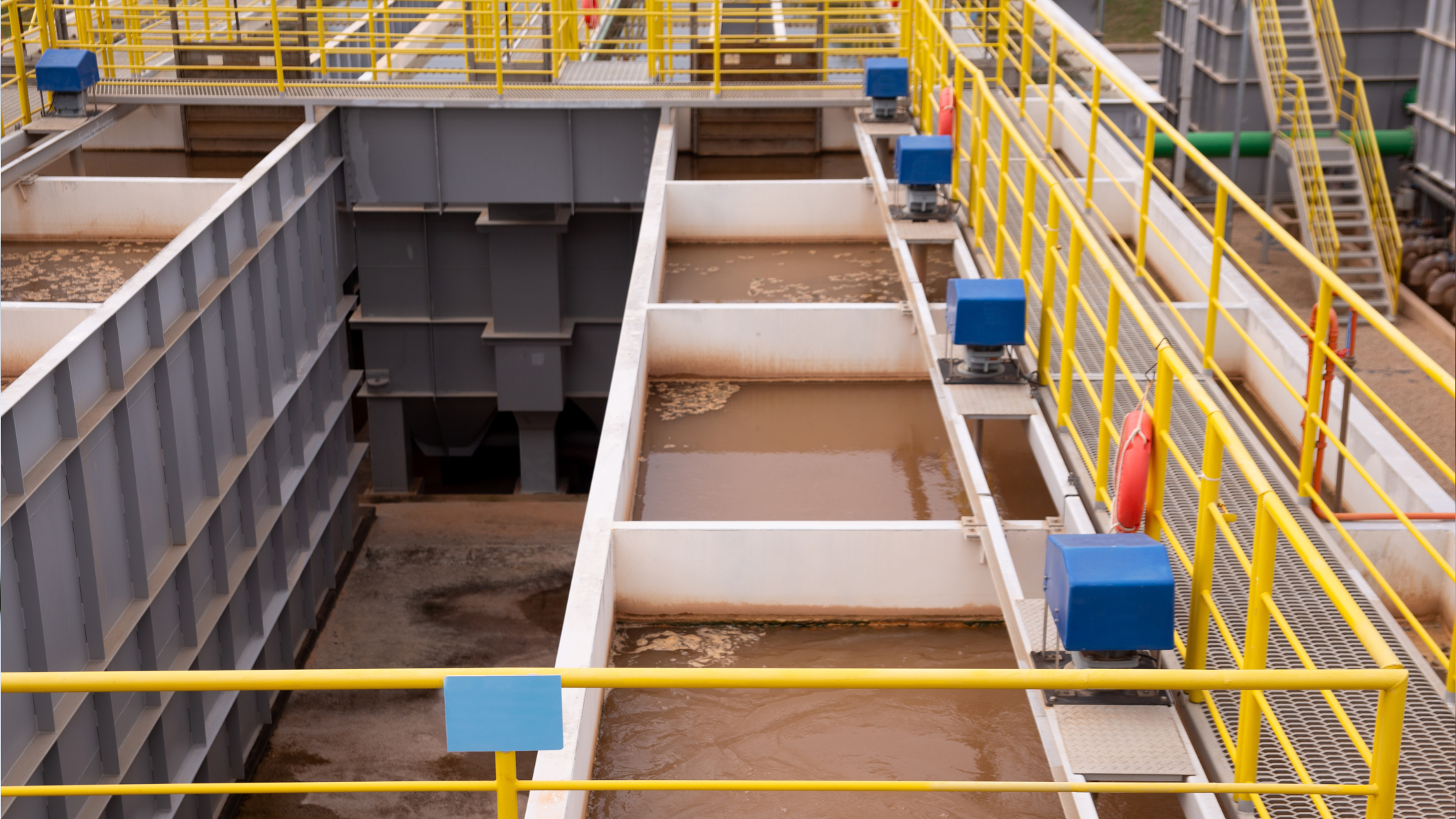Water treatment is always concerned with the safety and purity of water, using effective disinfection methods. Disinfection of water is a process that needs to be carried out to destroy all kinds of harmful microorganisms and contaminants that may be present in the water, making it fit for consumption and other purposes. This paper discusses the major methods of water disinfection, mechanisms, advantages, and limitations in relation to their application and optimization by water treatment managers.
Types of Microorganisms in Water
Water sources are often found to contain microorganisms of two major groups:
- Fouling Organisms: Bacteria, fungi, and algae, which can be responsible for clogging in pipelines, heat exchangers, water storage tanks, and filters.
- Pathogenic Microorganisms: Viruses, bacteria, fungi, and helminth eggs capable of causing infectious diseases in humans and animals.
Disinfection is thus necessary to take care of these contaminants and make water safe.
Disinfection Methods
The methods of disinfection of water are classified based on the principle of their action:
- Physical Methods: Water is disinfected through physical methods involving boiling, UV radiation, electrolysis, and reverse osmosis.
- Chemical Methods: Water is added chemical reagents, including chlorine and ozone and others in the way of oxidising and not oxidizing active reagents.
- Combined Methods: There is combination of both the physical and the chemical way in order for higher efficacy in disinfection to be achieved.
Physical Methods of Water Disinfection
Boiling
Boiling water is one of the easiest and most effective disinfection methods. If water is maintained at a rolling boil for at least five minutes, most pathogenic microorganisms are killed.
Advantages:
- Easy to conduct.
- No particular equipment is needed.
- Water hardness and turbidity are reduced.
Disadvantages:
- Large amounts require a high energy input.
- Time-consuming.
- Danger of post-cooling secondary contamination.
Ultraviolet (UV) Radiation
UV destroys the DNA of microorganisms, which inhibits their ability to reproduce. UV disinfection equipment normally generates UV light at a wavelength of approximately 250 nm.
Advantages:
- Very easy to operate and simple.
- No secondary pollution occurs; no chemical reagents are used.
- Low power consumption.
Disadvantages:
- Ineffective against all types of microorganisms, hence the application of combined methods during disinfection.
- The lamps in the UV devices have to be changed on a periodic basis.
- Ineffective if water contains mechanical particles blocking UV rays.
Reverse Osmosis and Ultrafiltration
The pores of reverse osmosis membranes are small enough to exclude microorganisms; thus, up to 100% removal of bacteria and viruses is guaranteed.
Pros:
- High effectiveness in the removal of microorganisms along with other impurities.
- Relatively compact and “green”.
Cons:
- Comparatively expensive technology with large quantities of wastewater produced.
- Does not ensure long-term disinfection, therefore additional treatment is required.
Ultrafiltration, while effective for bacteria, has larger pore sizes and cannot always remove viruses, so this technology can be used only in combination with other methods.
Chemical Methods of Water Disinfection
Chlorination

Chlorination is a technique that generally employs the use of chlorine-based compounds added to the water. The compounds are an oxidant to the microorganisms and organic matter and result in their disinfection.
Chlorine Disinfectants:
- Chlorinated Water: Though effective, chlorinated water is to be well stored.
- Sodium or Calcium Hypochlorite: Granules available, easily soluble in water, though poor against cysts.
- Chloramines: Long-lasting residuals, yet odorous with lower efficiency
- Chlorinated Lime: A mixture of calcium hypochlorite, chloride, and hydroxide.
Pros: - Long residual effect of disinfection.
- Economical for large-scale application.
Disadvantages:
- Trichloromethanes, which are harmful to human health, are formed.
- Taste and odor may be imparted to water.
Ozonation

Ozone is a powerful oxidant that destroys all microorganisms and their spores. It is generated on site in ozone generators.
Advantages:
- Very effective against all microorganisms.
- No trichloromethanes are formed.
- Unpleasant tastes and odors are eliminated.
Disadvantages:
- Equipment and operating costs are high.
- Requires qualified personnel.
- Secondary toxic by-products, such as aldehydes and ketones, are formed, which need further treatment.
Combined Methods of Water Disinfection
In combined methods, both physical and chemical methods are applied for complete disinfection. For example:
- Ultrafiltration and UV Radiation: Ultrafiltration removes bacteria and organic impurities, which increases the effectiveness of UV in eliminating viruses.
- Chlorination Post-Treatment: Provides long-term disinfection for water that has been previously treated by physical methods.
These combined methods ensure higher reliability for disinfection and lower limitations for each method.
Choosing the Right Disinfection Method
Selection of disinfection method depends on the following:
- Water Source: Surface water may need more treatment compared to groundwater.
- Contaminants: Type and concentration of microorganisms and impurities present.
- End Use: Drinking water requires higher standards of disinfection than industrial water.
- Cost and Resources: Budget, equipment, and trained personnel available.
Conclusion
Effective disinfection of water supports public health by ensuring supply quality. Each of these methods-physical, chemical, and combined-presents some advantages and disadvantages. Understanding those approaches will, therefore, enable the managers of water treatment to make appropriate decisions in the implementation of such technology to achieve safe and dependable water supplies.




